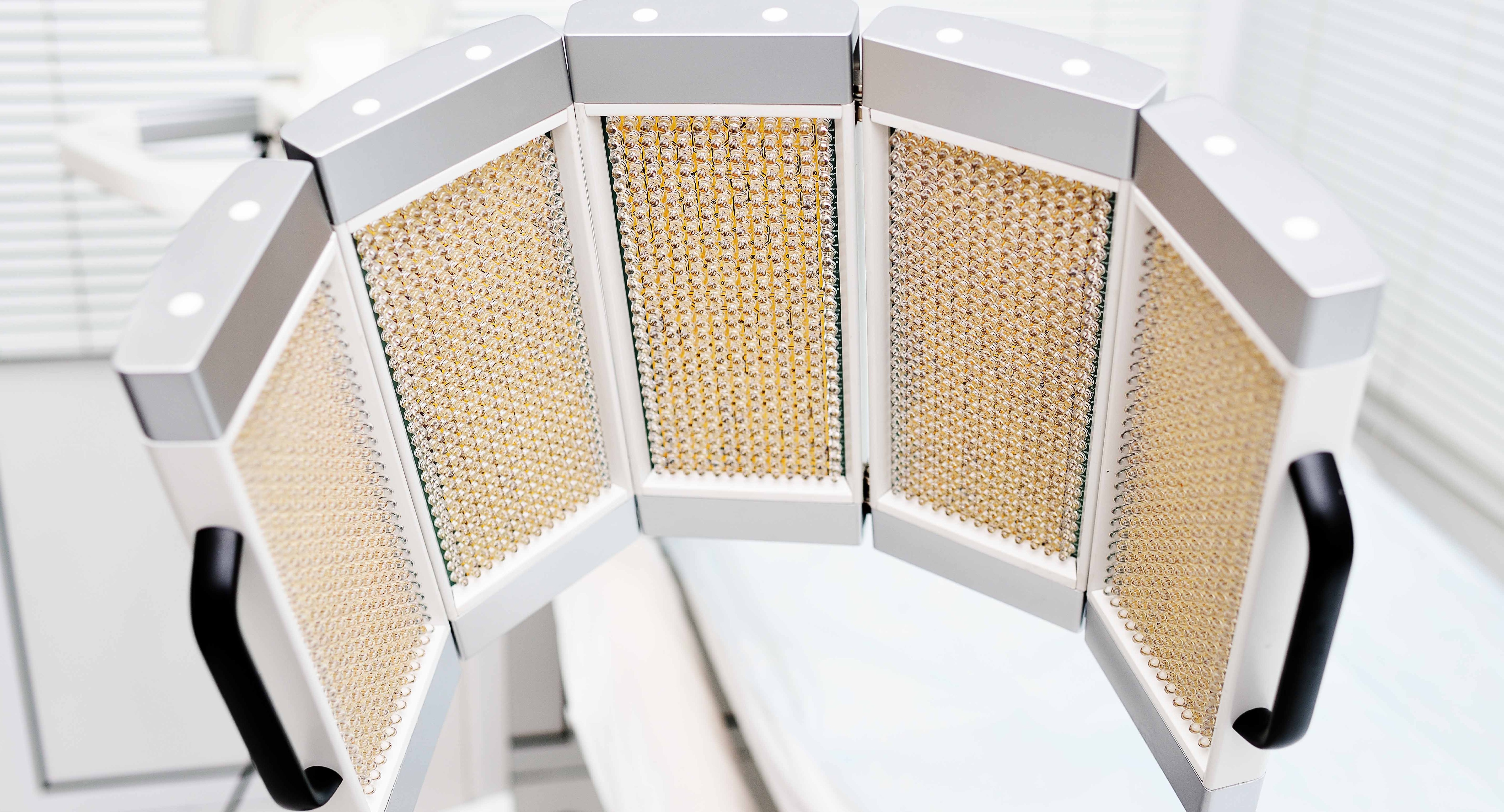Novel Photosensitizer Compounds for Photodynamic Therapy (PDT)

KEY INFORMATION
Healthcare - Medical Devices
TECHNOLOGY OVERVIEW
Photodynamic therapy (PDT) is a highly targeted treatment modality activated through light-based photooxidation process where a photosensitizer (PS) molecule upon illumination by visible or near infrared light, produces Reactive Oxygen Species (ROS) that invokes cellular death. This technology surfaced two newly discovered synthetically modified Eosin Y analogue compounds, E3B and E5B as organic PS for targeting Gram-positive bacteria, in particular Methicillin-Resistant Staphyloccocus aureus (MRSA), without non-specific killing of normal mammalian cells.
Microbial infectious diseases caused by multidrug resistant pathogens are a constant severe threat to global public health. PDT is a form of antibiotic-free phototherapy to efficaciously treat microbial infections with advantages in spatiotemporal controllability, non-invasiveness, minimal off-targets and side effects, and broad antimicrobial spectrum. However, the promise of PDT in antibacterial intervention has not been fully fulfilled particularly using conventional organic PS due to restricted structural availability. Herein, we disclosed organic PS compounds, E3B and E5B, with high intracellular ROS-generation capabilities under white light irradiation at very low light dose without suffering photobleaching of traditional PSs to combat antimicrobial resistance as a promising antibacterial PDT for translation to clinical trials.
The technology owner is seeking collaboration with biotech, clinical stage biotech and pharmaceutical companies to develop and commercialize new antimicrobial PDT agents superior to currently marketed organic PSs. The technology has been validated till in vivo specificity and stability studies. There are opportunities in R&D collaboration to demonstrate the interactions and characterization of the novel E3B and E5B PS with metabolites in controlled functional assays of microbial communities.
TECHNOLOGY FEATURES & SPECIFICATIONS
- E3B and E5B analogues are organic hybrid PS which can exhibit both Type I and II ROS reactions in PDT.
- Selective targeting of Gram-positive pathogens, in particular MRSA, to combat multidrug resistance.
- More targeted and efficient killing within shorter time than conventional PS (reaction time required is 2 to 5 min).
- No photobleaching effects exhibited and requires only a 50S white lamp which is tested in vivo.
- Upon a low light-dose irradiation, E3B and E5B can overwhelm the anti-ROS defence system of bacteria without drug deactivation and photobleaching.
- Efficient methods for synthesis of Eosin Y analogues with moderate to high yields for affordable and scalable production. No column purification required with consistent batch testing produced.
POTENTIAL APPLICATIONS
This technology can be applied for antibacterial PDT to combat antimicrobial resistance under World Health Organisation (WHO) priority pathogens (e.g., MRSA the most resistant species and causative agents of skin and lung infections). The eosin derivatives, E3B and E5B have promising potentials due to their remarkable photo-antibacterial efficacies, affordability, and scalable production. Eosin Y as a universal staining agent can also be used as an imaging diagnosis for microbial infections concurrent with PDT.
Unique Value Proposition
- A superior and potent photo-activated antibacterial effects at low light dose compared to traditional PS.
- Able to control the illumination time, dosage, and light power.
- Superior therapeutic window without harming normal mammalian cells.
- No adjuvants required.
- Highly stable and accessible production method for scale-up process.
